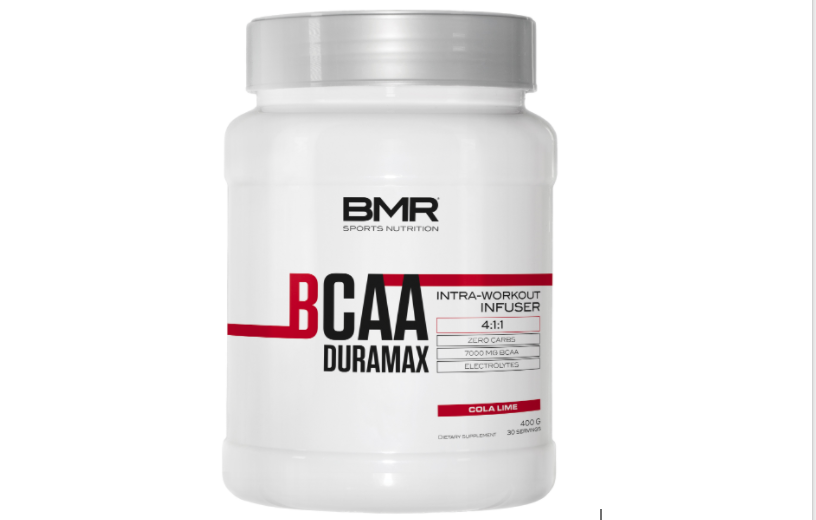

Discover how to use these powerful compounds for increased recovery, a faster metabolism, and greater muscular gains.
By Adam M. Gonzalez, PhD, CSCS, CISSN
Amino acids are like the cartoon robot Voltron. When assembled together into protein, they form a kick-ass entity that is capable of incredible feats. But more and more, we’re finding that even when split apart, singular amino acids are capable of exerting amazing effects on body composition.
Amino acids are organic substances that contain both an amino and an acid group in their chemical structure. Among more than 300 amino acids in nature, there are 20 standard amino acids that serve as the body’s “building blocks” that can be bonded together in theoretically limitless combinations. These nitrogen-containing compounds help build the various proteins that are essential for all body systems including skin, hair, nails, tendons, ligaments, bones, and, of course, muscles. Furthermore, amino acids are key precursors for the synthesis of enzymes, antibodies, transport molecules, and even hormones.
Protein and amino acids are among the most common nutritional supplements taken by athletes. While some amino acid supplements have the potential to improve body composition and performance, others may be a waste of money. Here, we analyze the functions of the amino acids that are proven players in improving body composition.
Branched-Chain Amino Acids
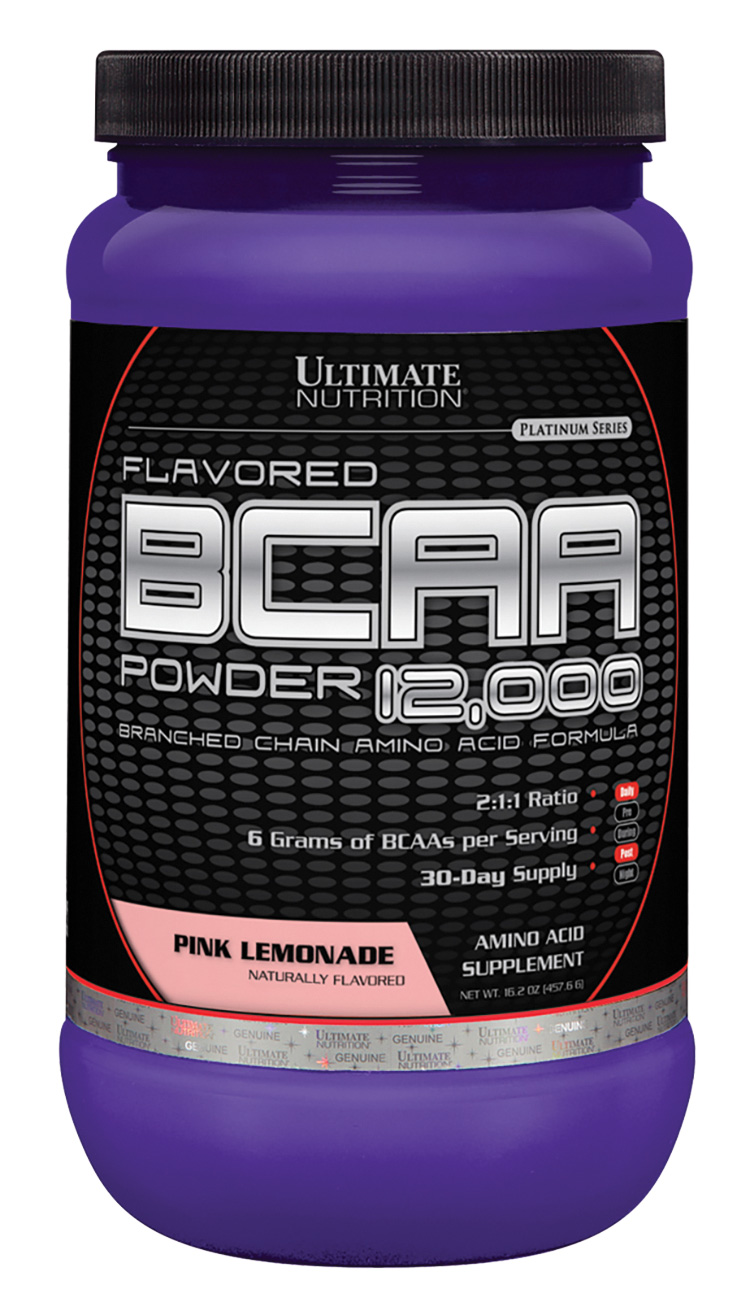
The essential branched-chain amino acids include leucine, isoleucine, and valine. They are the most abundant amino acids found in the muscles accounting for approximately 30 percent of total muscle protein. As early as 1975, it was clear that not all amino acids had a similar capacity to regulate muscle protein synthesis and growth. Unlike other amino acids, the essential BCAAs rapidly stimulate muscle protein synthesis and reduce protein breakdown in skeletal muscle. BCAAs have even demonstrated to be as effective as a complete mixture of all amino acids for stimulating muscle protein synthesis. We now know that leucine is the major amino acid responsible for the anabolic effects following a high-protein meal. While the exact mechanism by which the muscle “senses” amino acids has yet to be determined, muscle appears to be sensitive to changes in leucine concentrations, which “turn on” protein synthesis via an increased activity of the muscle-building complex known as mTORC1. In other words, BCAAs (in particular, leucine) trigger an increased activation of the intramuscular machinery responsible for carrying out the processes of muscle growth.
It’s well known that about 30 to 40 grams of protein maximizes the anabolic response of a meal, yet the optimal dose for muscle growth is dependent upon the concentration of BCAAs in the protein source. The stimulatory effect of leucine is so strong that adding supplementary leucine to a protein source that lacks quality and/or quantity effectively restores a submaximal muscle protein synthesis response. However, the other BCAAs (isoleucine and valine) are important, too! The leucine:isoleucine:valine concentration found in muscle is 2:1:1, thus it is important to supply the BCAAs at the appropriate ratios to optimally maintain muscle function.
In addition to promoting muscle growth, BCAAs may also improve exercise intensity by decreasing the perception of fatigue and serving as a fuel for exercise. First, BCAAs compete with tryptophan, an amino acid that enters the brain to be converted to the neurotransmitter serotonin, which can trigger the onset of fatigue. BCAA intake may delay fatigue, allowing you to work harder and longer by reducing tryptophan-induced serotonin production. Secondly, BCAAs are unique in the fact that they immediately circulate into your blood stream after ingestion. They also have a greater capacity to be absorbed by muscles providing an immediate energy source during your workouts. Valine and isoleucine can actually be converted to glucose and serve as an important energy source during exercise to help fight off fatigue.
Body Benefit: Initiates muscle protein synthesis, blunts muscle breakdown, provides carb-free source of energy during workout
Dose: Six to seven grams (at least three gram of leucine)
Timing: Can be taken several times a day, such as upon waking and pre-, intra-, and post-workout
Essential Amino Acids
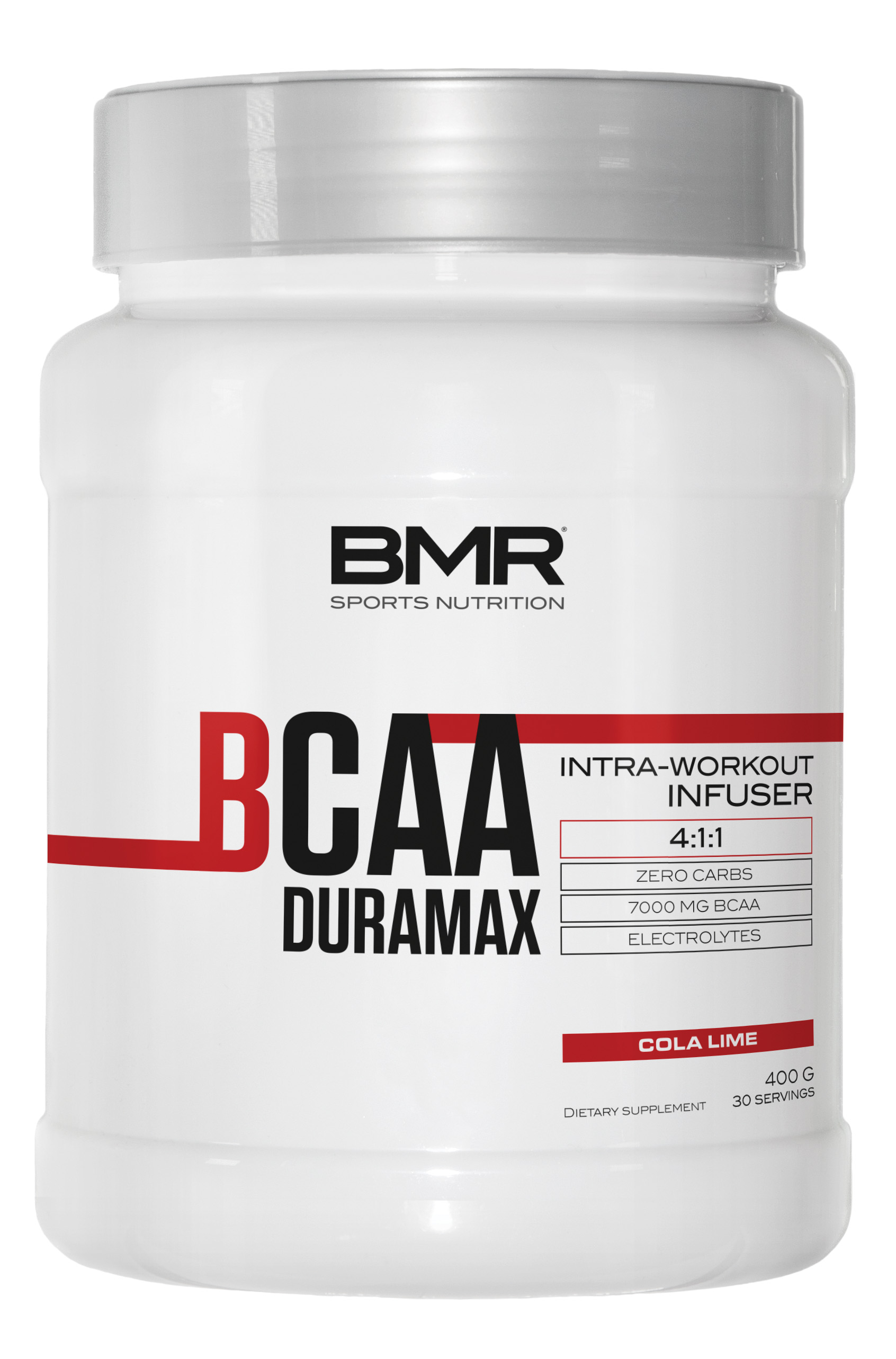
Along with the three BCAAs, the other essential amino acids (EAAs) include lysine, methionine, phenylalanine, threonine, tryptophan, and histidine. While BCAAs are king in the world of sports nutrition, it is important not to downplay the importance of EAAs. Activation of the muscle-building machinery via leucine appears to be potentiated by the presence of other EAAs.
In a recent study published in American Journal of Physiology – Cell Physiology, researchers had volunteers drink a supplement containing leucine, BCAAs only, or all EAAs (including BCAAs) following resistance training. The EAA supplement stimulated muscle anabolism more effectively than the other supplements. Chronic periods of leucine supplementation in isolation will not necessarily facilitate long-term changes in muscle growth, given that a full complement of EAA is critical for stimulating a robust and sustained muscle protein synthesis response.
All in all, maximizing skeletal muscle protein synthesis has shown to require about 15 grams of EAAs containing approximately 3.2 grams of leucine. Fortunately, this is what you would find in 25 grams of high quality whey protein.
Non-Essential Amino Acids
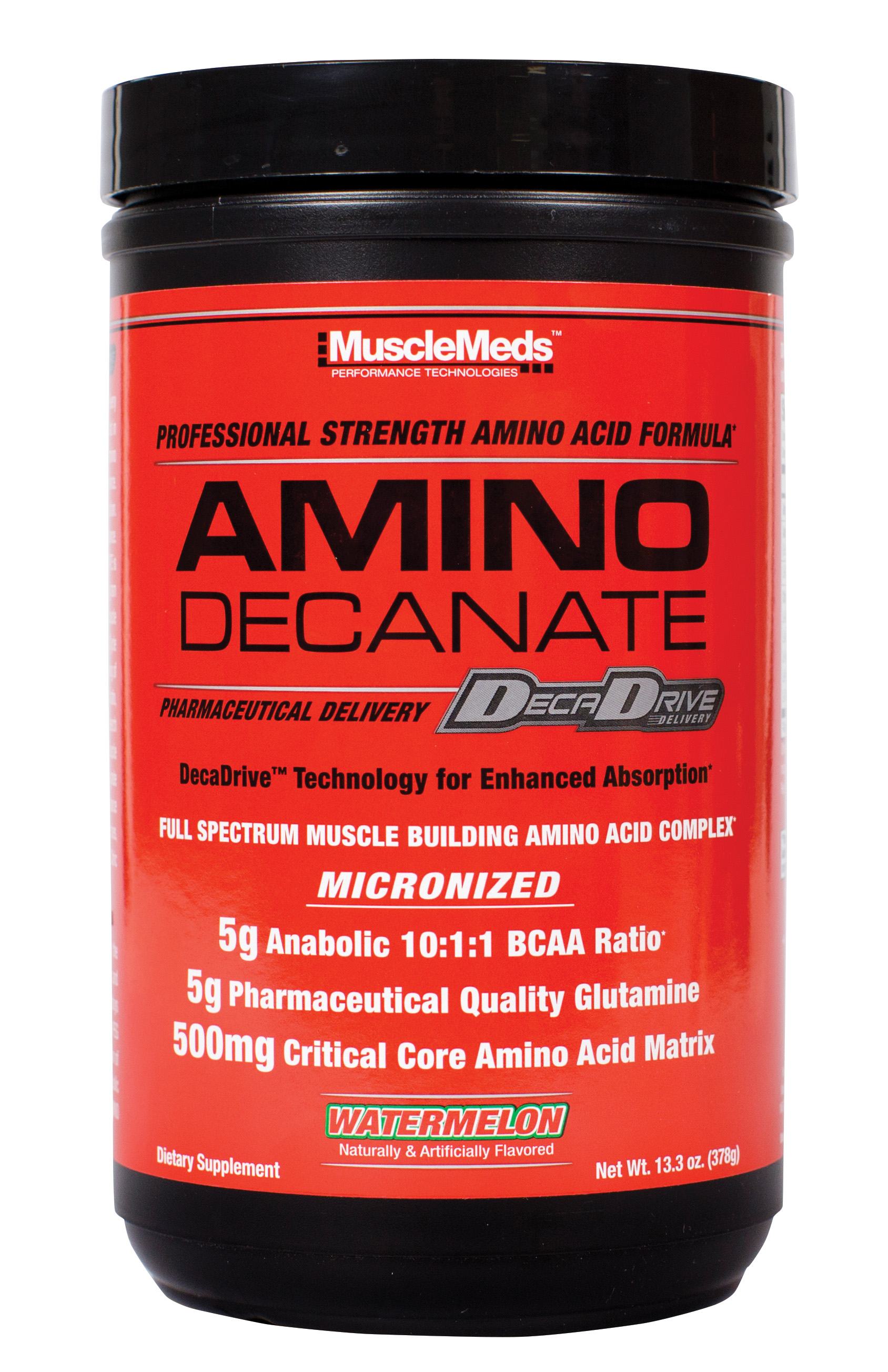
Non-essential amino acids (NEAA) include arginine, alanine, asparagine, aspartate, cysteine, glutamate, glutamine, glycine, proline, serine, and tyrosine. NEAA are those amino acids that can be synthesized in adequate amounts by the body to meet optimal requirements and therefore are not absolutely necessary in the diet. It should be recognized that, although these amino acids are not essential in the diet, all amino acids and their by-products are required for normal physiological functioning. Some NEAA along with other dietary amino acids that are not among the 20 standard amino acids have emerged as key players in sports nutrition.
Glutamine: Glutamine is the most abundant free amino acid in human muscle and blood. This amino acid is considered important, if not essential, for several immune responses, and is often suggested to provide support for the immune system. Periods of heavy training are commonly associated with a decrease in glutamine concentration in the bloodstream raising speculation that this could be a potential cause of immune system impairment and increase susceptibility to infection in athletes. For example, glutamine is an important fuel for white blood cells, so reductions in blood glutamine concentration following intense exercise may contribute to immune suppression in overtrained athletes.
Glutamine supplementation has also been suggested to provide beneficial effects on muscle building and recovery. While there are some mixed findings, glutamine has shown to aid in faster recovery, diminish muscle soreness, and potentially boost muscle protein synthesis. Supplemental glutamine has even shown to combat dehydration by enhancing fluid and electrolyte uptake. Despite glutamine’s various functions, little evidence suggests it will directly result in increased muscle mass, reduced body fat, or gains in muscle strength. However, athletes constantly performing at a high level may see certain benefits from supplementing with glutamine.
Body Benefit: Faster recovery, diminishes muscle soreness, and supports muscle growth
Dose: 10 to 30 grams per day
Timing: Divided doses throughout the day
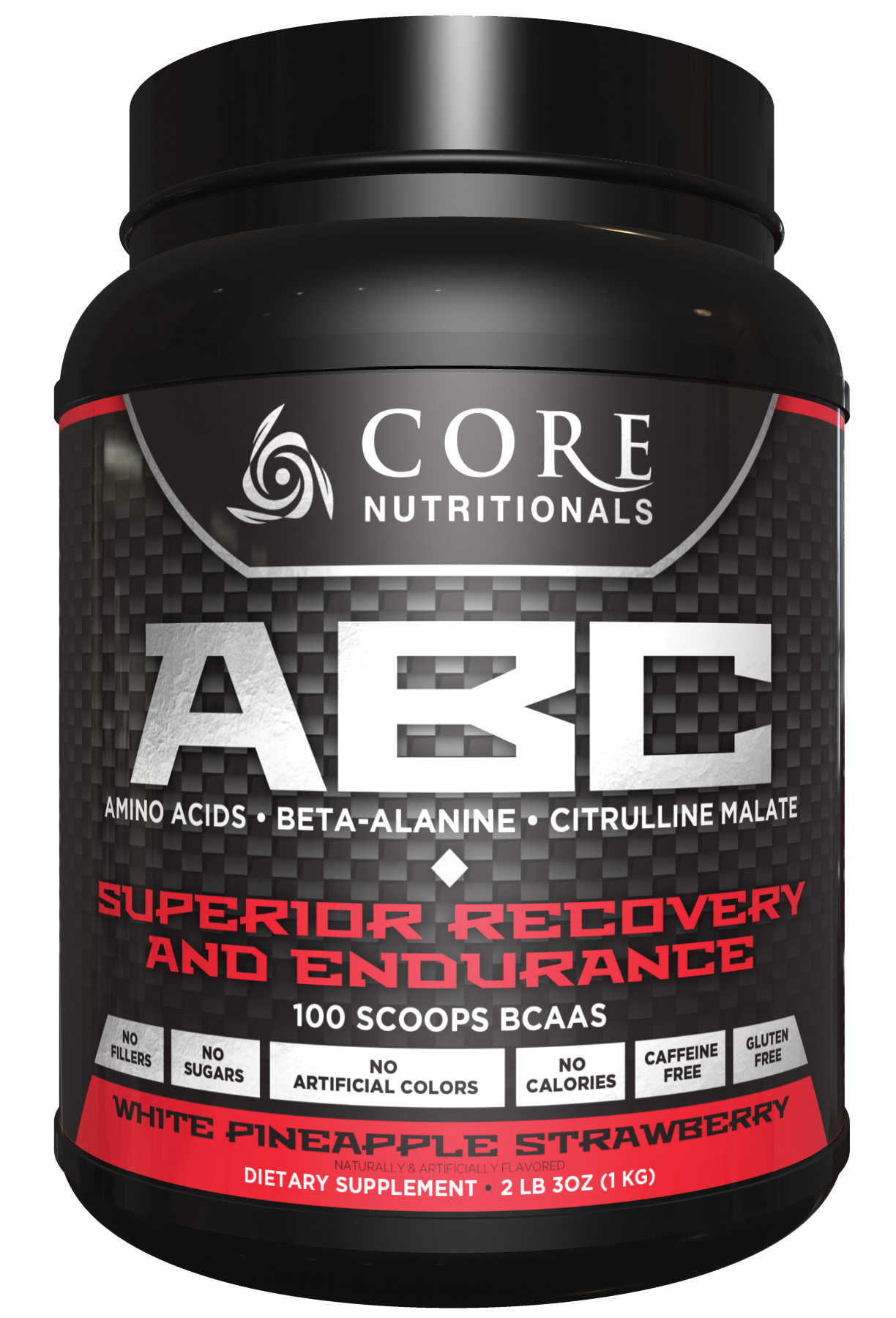
Arginine and Citrulline: The body converts the amino acid arginine into nitric oxide (NO) via the arginine-nitric oxide pathway. Increasing NO levels causes the blood vessels to relax and dilate, which promotes bigger muscle pumps. This subsequently increases the delivery of blood, oxygen, and nutrients to the muscles during workouts. Studies investigating the effects of arginine supplementation on performance have shown mixed results. However, the amino acid citrulline appears to be an even better NO booster than arginine.
Several studies have demonstrated that citrulline-based ingredients are more effective than arginine-based ingredients for increasing vasodilation and blood flow. The greater effectiveness of citrulline versus arginine itself appears to be due to excessive breakdown of arginine in the body after it is consumed. Citrulline bypasses the liver, unlike arginine, and is not subject to breakdown by the enzyme arginase. Therefore, using citrulline in place of arginine allows for higher arginine levels and greater NO production. In turn, this could help increase the pump, performance, and recovery.
Body Benefit: Increases arginine and nitric oxide synthesis
Dose: Six to eight grams of citrulline malate a day
Timing: One hour prior to exercise
Beta-alanine: Beta-alanine is an amino acid that is acquired through dietary protein sources and is also naturally produced by the liver. Over the past 10 years, beta-alanine has grown to become one of the most popular sports-nutrition ingredients—and for good reason. Supplementing with beta-alanine has consistently shown to increase levels of intramuscular carnosine, which acts as an important intracellular buffer during high-intensity exercise. Beta-alanine has been identified as the rate-limiting precursor to carnosine production, making it the most efficient dietary method of increasing muscle carnosine levels. Daily supplementation of four to six grams of beta-alanine for at least four weeks has been shown to improve exercise performance. While beta-alanine supplementation may have applications for several types of athletes, it appears to be most effective for athletes competing in prolonged high-intensity activity. For example, following supplementation, athletes have increased maximal cycling time-to-exhaustion and increased resistance training volume by delaying muscular fatigue. The only reported side effect of beta-alanine supplementation is paraesthesia—a slight tingling sensation in the skin. However, using smaller divided doses throughout the day can attenuate this.
Body Benefit: Delays muscle fatigue
Dose: Four to six grams per day
Timing: Divided doses throughout the day
Carnitine: While carnitine is often referred to as an amino acid, it is actually an amino acid derivative made in the body from the amino acids lysine and methionine. Carnitine aids fat metabolism by acting as a shuttle for free fatty acids into the mitochondria to be used as fuel. It has been proposed that the intramuscular carnitine concentration may play a role in regulating the uptake of free fatty acids by the mitochondria during exercise. A recent study reported a 21 percent increase in muscle carnitine content following supplementation with four grams of carnitine per day for six months. This also coincided with a glycogen sparing effect during moderate-intensity exercise following the supplementation period, which is indicative of an increased reliance on fat. Hence, carnitine supplementation may increase the amount of fat burned during exercise, which could enhance fat loss while also improving endurance.
Body Benefit: Acts as a shuttle for free fatty acids into the mitochondria
Dose: Up to four grams per day
Timing: Divided doses throughout the day
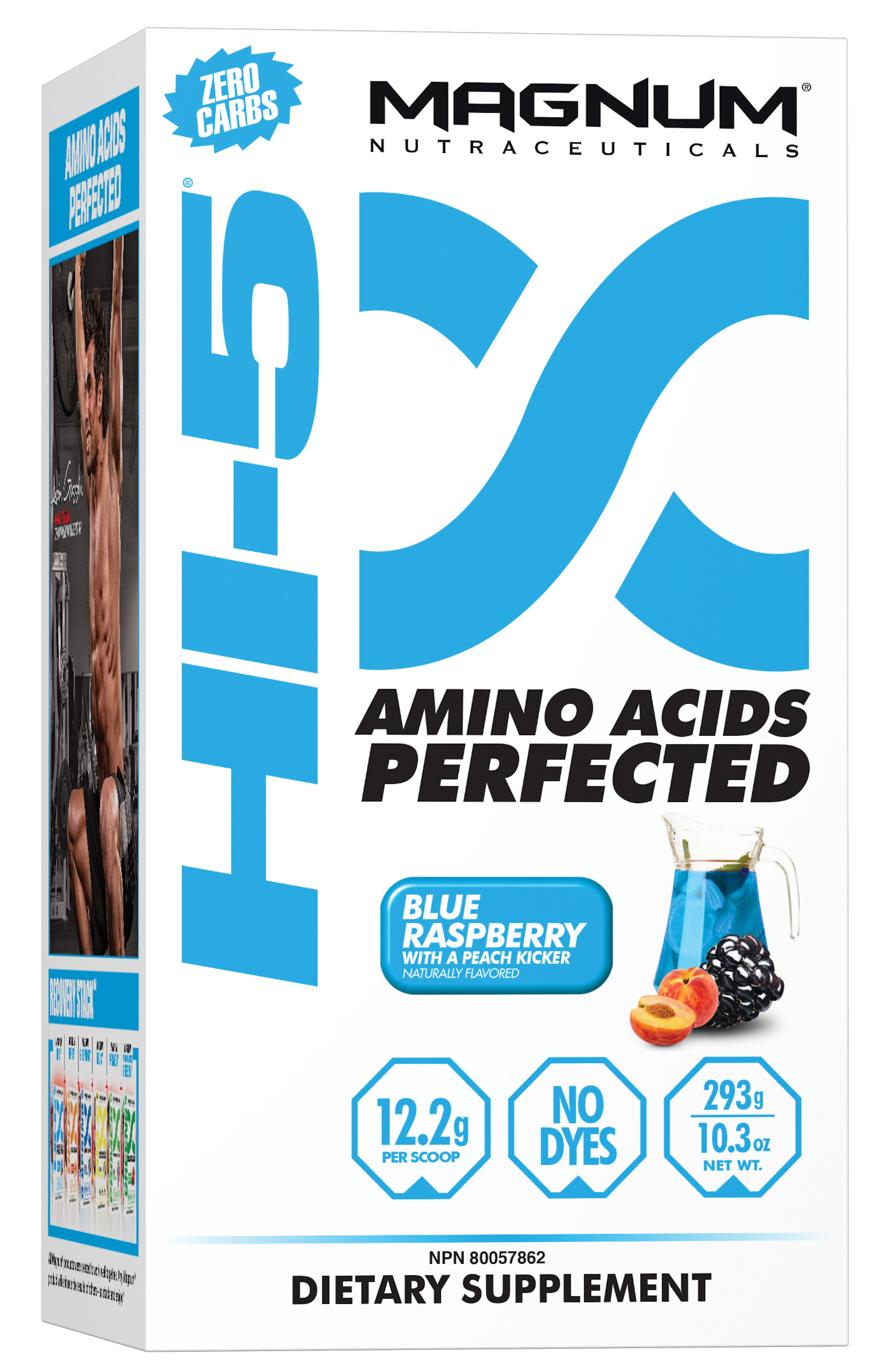
HMB: The leucine metabolite, beta-hydroxy-beta-methylbutyrate (HMB), can improve recovery from resistance exercise by increasing muscle protein synthesis and decreasing muscle protein breakdown. Being a leucine metabolite means that after consuming leucine, a small percentage naturally gets converted to HMB. However, to get an effective dose of HMB (about three grams a day) from your diet, you would need to eat about 60 grams of leucine, the equivalent of 600 grams of protein. Since that is impractical, HMB supplementation has become quite popular. When supplementing three grams of HMB a day, along with a weight-training program, athletes have shown to increase muscle mass, strength, and power in comparison to a placebo group. Although there have been some conflicting results, numerous studies have supported the safety and efficacy of HMB supplementation for enhancing recovery, muscle mass, strength, power, and aerobic performance.
Body Benefit: Improves recovery and supports muscle growth
Dose: Minimum of three grams per day
Timing: Three doses of one gram each, separated by several hours, with one dose taken one hour prior to exercise IM






















You must be logged in to post a comment Login